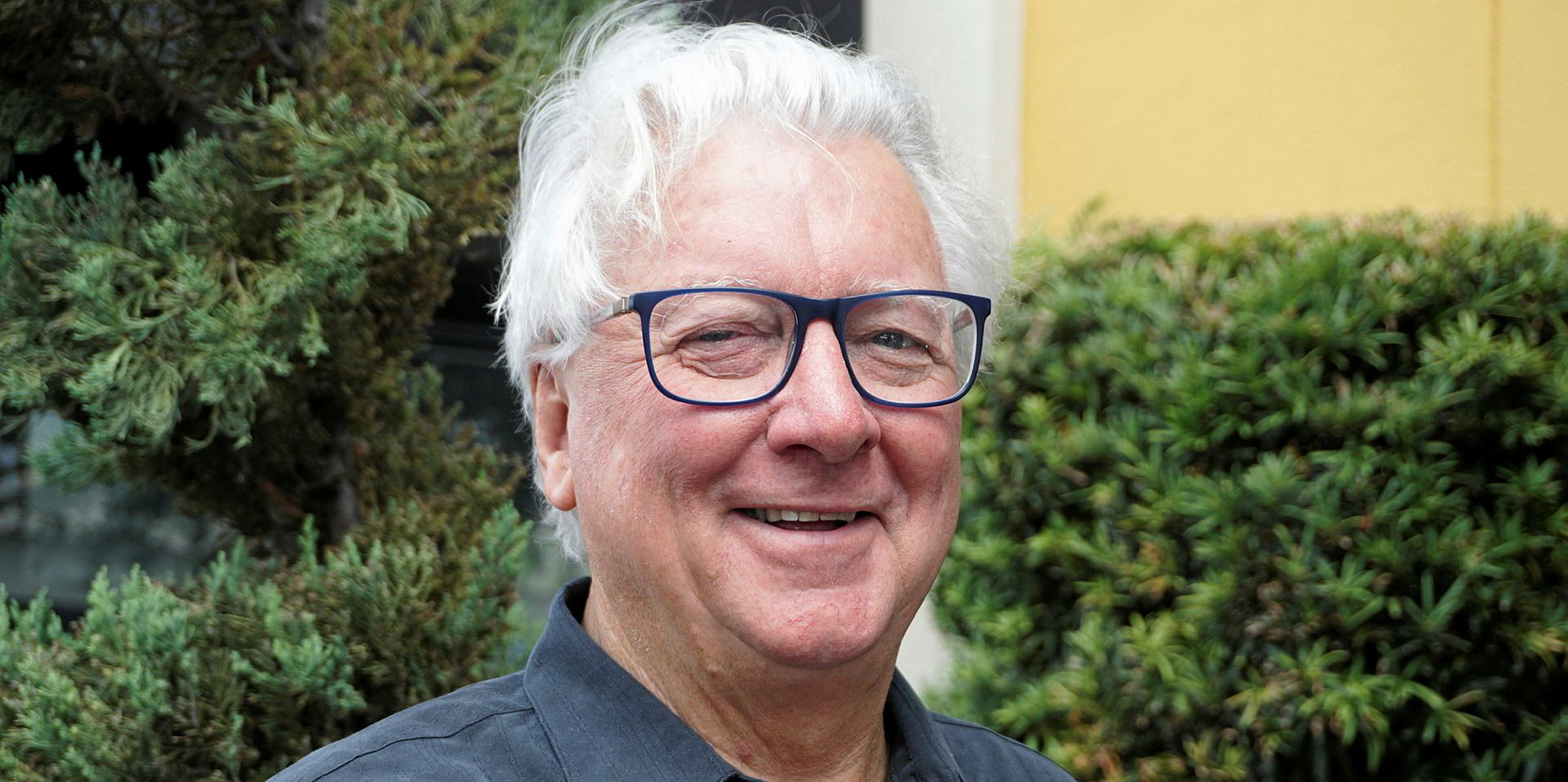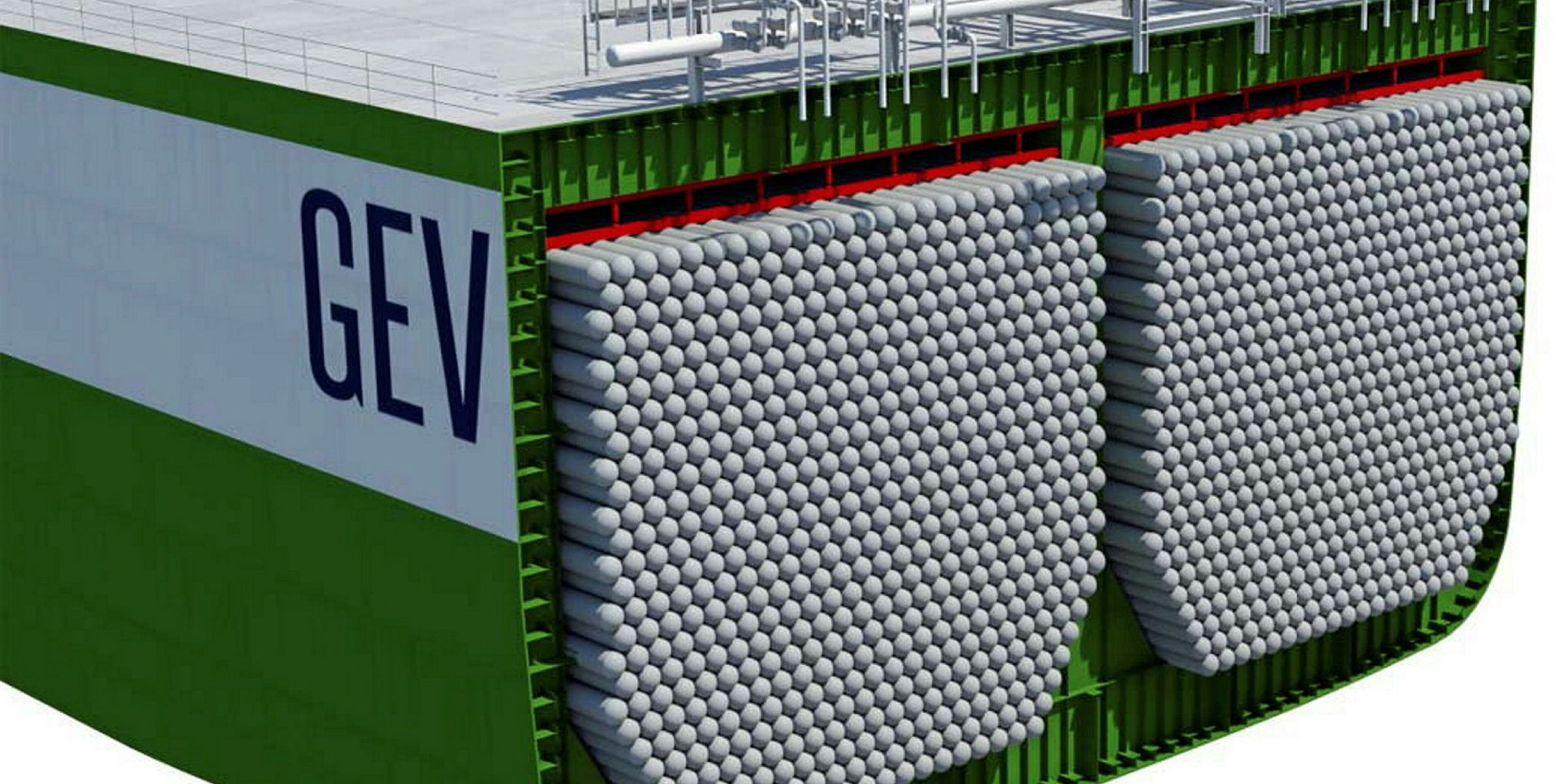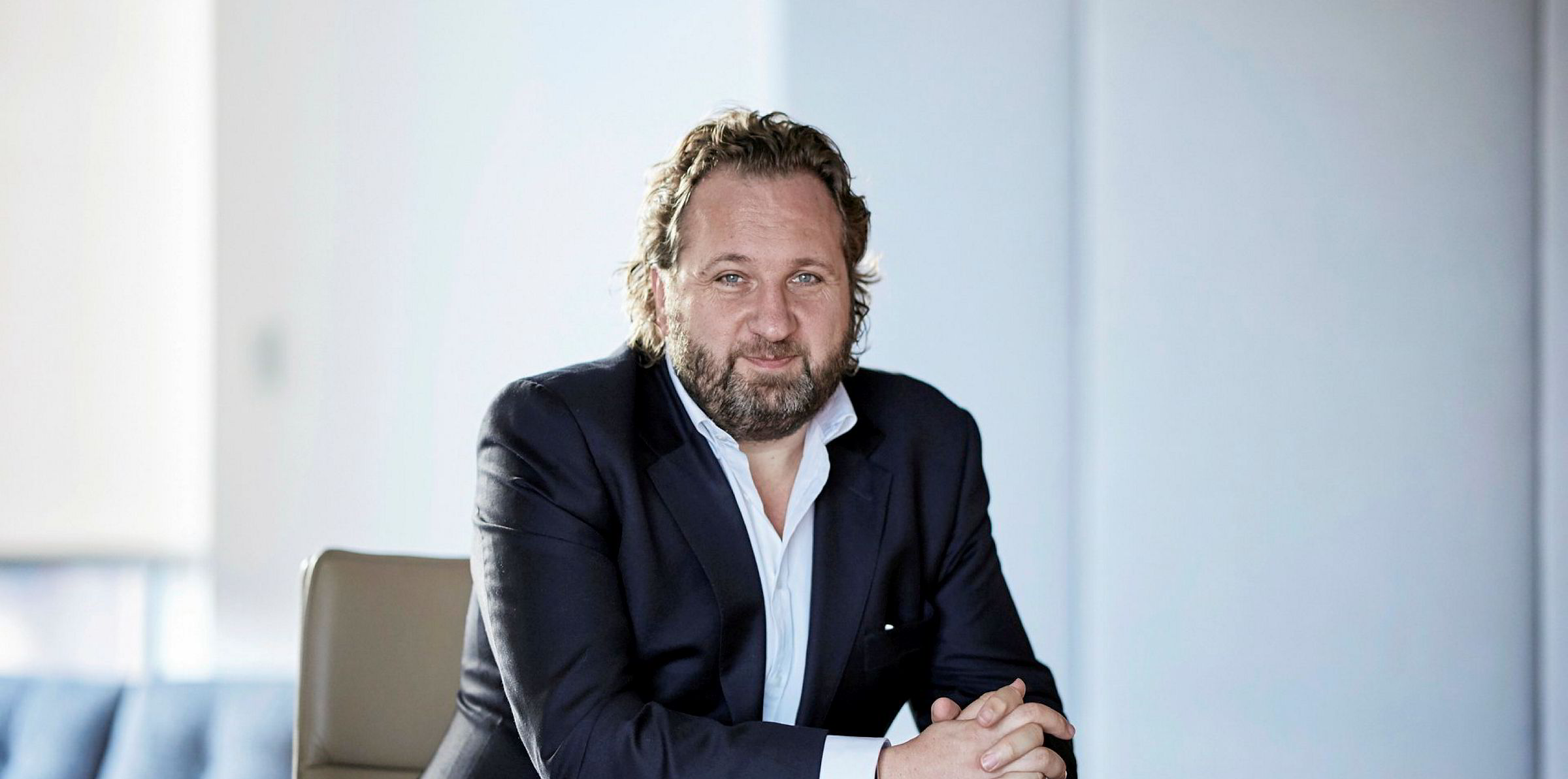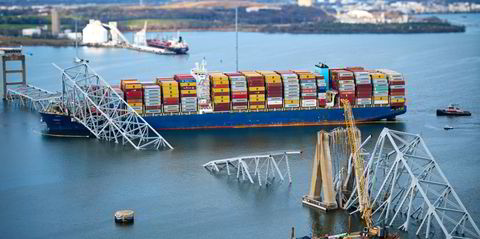Australia's Global Energy Ventures (GEV) has tasked two Clarksons companies with raising funds for its Brazilian compressed natural gas (CNG) carrier project.
It has appointed Clarksons Platou Securities (CPS) and Clarksons Platou Structured Asset Finance as brokers, financial advisors and lead managers for all debt and equity requirements relating to its debut move in the country.
The companies will provide GEV with a global network of investors as it progresses the plan.
GEV is on track to complete the first commercialisation study of the project in March.
Clarksons Platou had already been employed in 2018 as a shipbroker to move GEV towards ordering its new CNG vessels.
The Clarksons structured asset team is based in London, with the investment bank in Oslo.
CPS has raised $38.9bn for energy and maritime businesses between 2010 and 2019.
GEV executive chairman and chief executive Maurice Brand described Clarksons as a market leader and said: "This appointment will develop a financing plan for our first CNG project and provide access to Clarksons' global network of investors with an understanding of maritime assets and projects on this scale."
Newbuilding pact deadline extended
In January, GEV secured a six-month extension on a letter of intent (LOI) to build a series of pioneering CNG ships worth up to $1.2bn at Yantai CIMC Raffles Offshore in China.
GEV said the extension for four firm 200m standard cubic feet per day of CNG Optimum newbuildings runs until 30 June 2020. The letter covers an option for an additional quartet of vessels.
It added there was no change to either the $135m to $140m per vessel contract price or the planned 30-month delivery schedule.
The Brazilian study involves GEV working with an operator of an under-development oilfield located in the offshore Brazilian Pre-Salt play, about 200 kilometres (125 miles) from Rio de Janeiro.
A first marine application for CNG — where gas is stored under pressure rather than being liquefied like LNG — has been the subject of several projects over the past 20 years.
The company’s Optimum design is essentially a handymax-size hull filled with horizontally-stacked, carbon-steel pipes that are about 100 metres long.
The bottom pipes are welded to the hull and those above held in place by pressure exerted from a series of jacks located below the deck.
The capacity is equivalent to about 1.5 million tonnes per annum of LNG, in its 130 km of piping.






